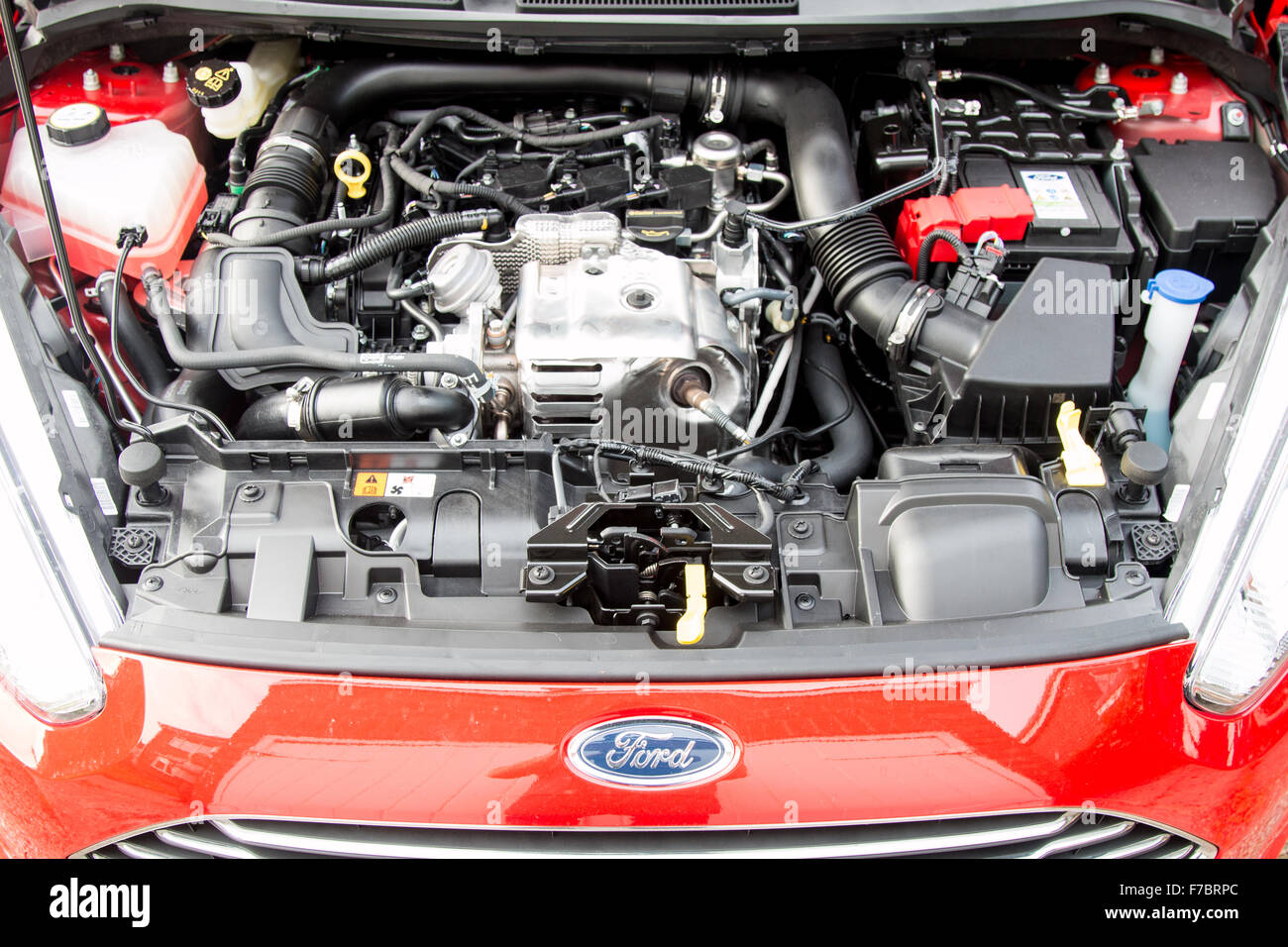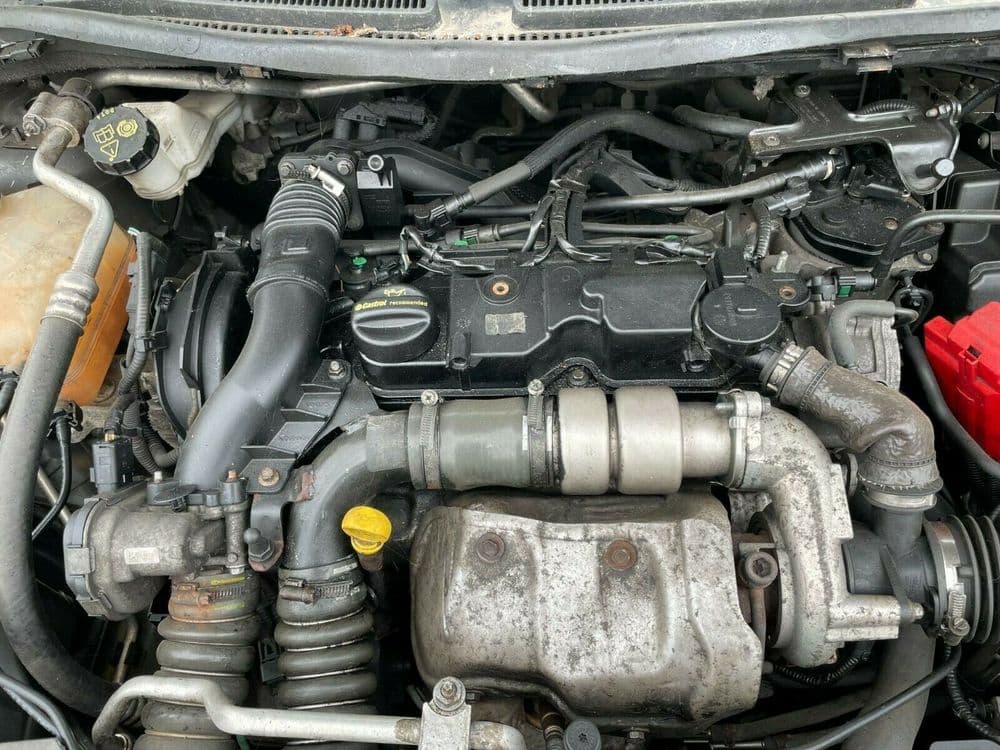Why Choosing the Right Ford Fiesta Engine Parts Matters for Longevity
Wiki Article
Checking Out the Development of Engines: From Traditional Styles to Modern Marvels
The evolution of engine technology stands for a substantial story in the history of innovation, noted by critical advancements that have actually consistently redefined transport and market. From the initial vapor engines that powered the Industrial Transformation to the development of inner combustion engines that transformed wheelchair, each phase has actually added to greater efficiency and ability. Currently, the change to electrical power represents not just a technological change yet likewise a more comprehensive dedication to ecological sustainability. As we examine these turning points, one have to take into consideration just how the future of engine layout may unfold, testing our assumptions of power and performance.The Birth of Engine Technology
The development of engine modern technology noted a crucial moment in human advancement, transforming energy conversion and transportation. The earliest engines emerged from the need to harness mechanical power for sensible use, leading to the advancement of devices that transformed numerous energy forms into activity (ford fiesta engine).The development of the inner combustion engine and the innovation of the vapor engine catalyzed a profound change in commercial capabilities. These engines not only improved performance however also broadened the range of human movement, allowing unmatched transportation opportunities. The very early prototypes laid the groundwork for the mechanized globe, helping with the rise of sectors and improving societal structures.
As engine layouts advanced, they included ingenious products and advanced engineering concepts, leading the way for modern growths - ford fiesta engine. The birth of engine innovation fired up an unrelenting quest of performance and power, establishing the phase for the vibrant development of transportation and industrial machinery that would comply with
Heavy Steam Engines and Their Influence

The vapor engine's influence was especially obvious in the transport field (ford fiesta engine). Steam-powered engines facilitated the quick movement of goods and individuals across substantial ranges, effectively diminishing the geographical obstacles that had actually formerly hindered profession and interaction. In a similar way, steamships transformed maritime travel, enabling for quicker and extra trustworthy crossings of oceans and rivers.
In market, vapor engines powered factories, enabling mass manufacturing and the surge of urban centers as hubs of economic activity. Steam technology promoted developments in engineering and production processes, laying the groundwork for future advancements in engine style.
The Increase of Internal Burning
Frequently outweighing vapor power, the rise of interior burning engines marked a transformative change in transport and industry throughout the late 19th and early 20th centuries. The growth of these engines, characterized by their capacity to burn fuel within the engine itself, made it possible for greater efficiency and power compared to traditional steam engines. Introducing inventors such as Nikolaus Otto and Rudolf Diesel played vital functions in refining engine designs, leading to widespread fostering in vehicles, boats, and industrial machinery.The internal burning engine's portable size and reasonably lightweight nature facilitated the appearance of individual automobiles, reinventing specific wheelchair and reshaping city landscapes. By making it possible for faster travel and the effective transportation of goods, these engines militarized financial growth and fostered globalization. The versatility of gas choices, including gas and diesel, better improved their appeal, enabling varied applications throughout various sectors.
Despite the environmental concerns that would later on occur, the preliminary allure of interior combustion innovation lay in its transformative capacity. As society embraced this technology, the foundation was laid for contemporary transport systems, establishing internal burning engines as a keystone of commercial innovation and life throughout the 20th century.
Improvements in Engine Efficiency
As inner combustion engines ended up being important to transport and industry, the emphasis changed in the direction of boosting their performance to fulfill growing demands for performance and sustainability. Innovations in engine style, material scientific research, and modern technology have actually dramatically added to this development.One significant advancement is the advancement of turbocharging, which allows for boosted air intake, resulting in even more complete fuel burning and enhanced power outcome without expanding engine size. Furthermore, variable valve timing systems have actually been carried out to optimize their explanation engine efficiency throughout various RPM ranges, therefore boosting fuel performance.
The application of innovative fuel injection innovations, such as straight injection, has actually likewise played an essential role. This approach enables for more accurate control over the fuel-air mixture, advertising much better combustion and decreasing exhausts. In addition, lightweight materials, including light weight aluminum and composite components, have been taken on to reduce general engine weight, bring about enhanced efficiency.
These innovations reflect a wider pattern within the auto sector, where the harmony in between design technology and ecological factors to consider drives the ongoing mission for higher effectiveness in interior burning engines. As a result, modern engines are currently more powerful, cleaner, and reliable than ever in the past, leading the way for a much more sustainable future in transport.
great post to read
The Change to Electric Power
With growing problems over ecological effect and nonrenewable fuel source dependency, the auto sector is experiencing a significant shift towards electrical power. This transition is driven by a combination of technical developments, regulatory stress, and changing customer choices. Electric cars (EVs) offer an engaging alternative to typical interior burning engines, flaunting reduced greenhouse gas exhausts and reduced operating expense.The surge of battery modern technology has actually been a game changer, with lithium-ion batteries ending up being extra effective and economical. Improved energy thickness and faster charging capabilities have made EVs more functional for daily usage. Federal governments worldwide are implementing motivations and setting ambitious targets for phasing out fossil fuel automobiles, thereby accelerating the adoption of electric power.
Major car manufacturers are spending heavily in r & d, leading to the introduction of a diverse series of electrical versions. This consists of not just automobile but also commercial lorries and public transportation solutions. As billing framework expands and battery innovation continues to boost, the change to electrical power is positioned to reshape the vehicle landscape, advertising sustainability and innovation in the years ahead. The future of transportation is electric, and the energy is obvious.
Conclusion
The development of engine innovation stands for a considerable trajectory home of innovation that has actually exceptionally influenced transportation and sector. From the fundamental heavy steam engines to the transformative inner burning engines, each growth has contributed to enhanced wheelchair and financial growth.
Report this wiki page